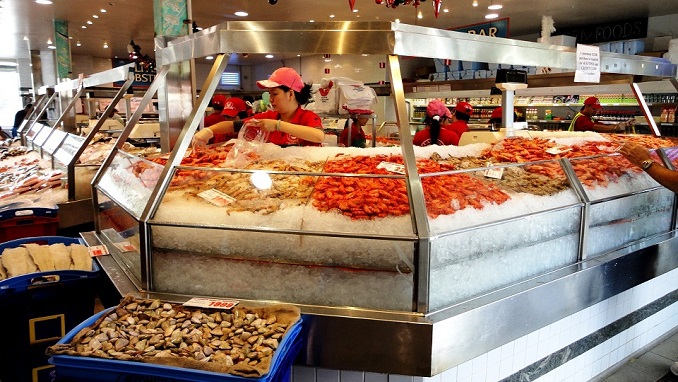A grand restructuring of Rusia’s seafood sector is underway, with massive investments in infrastructure and overhauling fisheries laws joining efforts to boost domestic and overseas markets for its products, Seafood Source reports.
Russia’s government is pouring resources into reviving and invigorating all aspects of its fisheries economy, the report says.
In late 2017, the Russian government adopted as official policy the tenets laid out in a document titled “The Strategy for the Development of Fishery Terminals Through 2030.” The document calls for a program to bring fishing vessels belonging to Russian companies back to national terminals, with the dual goals of boosting the national economy and delivering more fish to Russian consumers.
The document set ambitious goals for the industry over its performance in 2015. Specifically, ensuring 80 percent, or 440, of Russia’s large-scale vessels operated through Russian fishing terminals, up from 40 percent, or 270 vessels, in 2015; doubling the throughput of Russian fishing terminals from 1.5 million metric tons (MT) to three million MT; and increasing the capacity of the country’s cold-storage facilities from 235,000 MT to 440,000 MT.
In addition, the strategy laid out a detailed plan to improve the efficiency and quality of services provided to fishing companies at Russian ports, including significant investments into new storage and repair facilities on behalf of both state and private entities.
In recent years, the annual throughput of Russia’s fishing terminals was between 1.3 and 1.6 million MT. Nearly 85 percent of that total was landed at 10 terminals, with the port of Vladivostok alone accounting for almost 50 percent of the turnover.
But with Russia breaking records for catch totals – 2017 was the most successful year for Russian fishermen for the last 20 years, yielding 4.9 million MT of total catch – the country’s fishing terminals, especially in the Far East, have been straining to keep up with the increased load.












